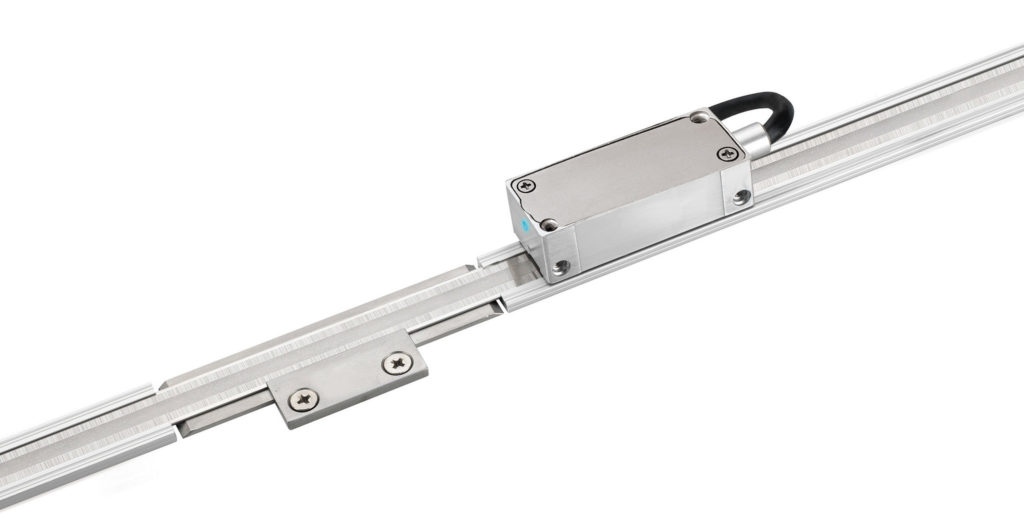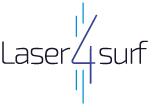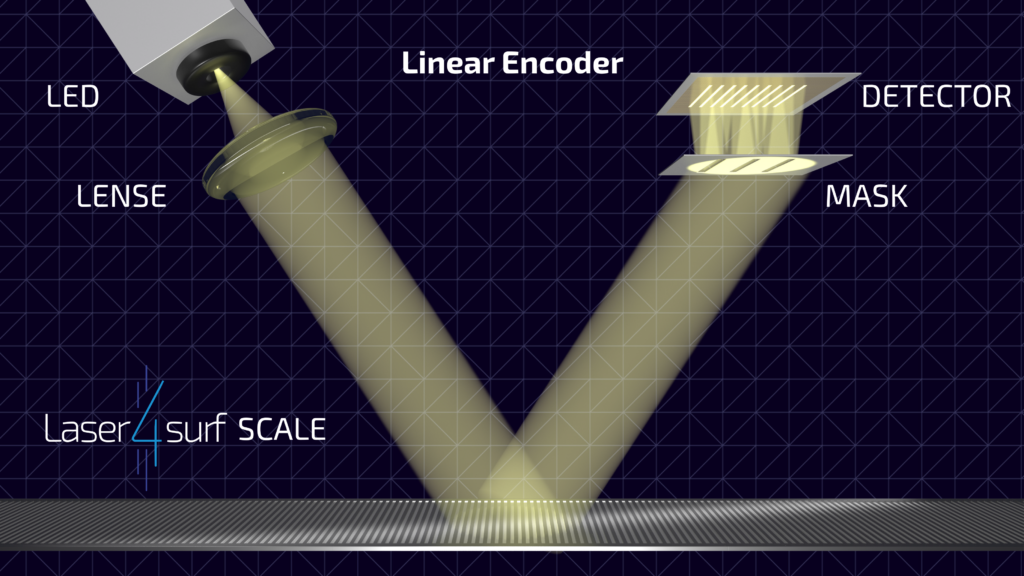
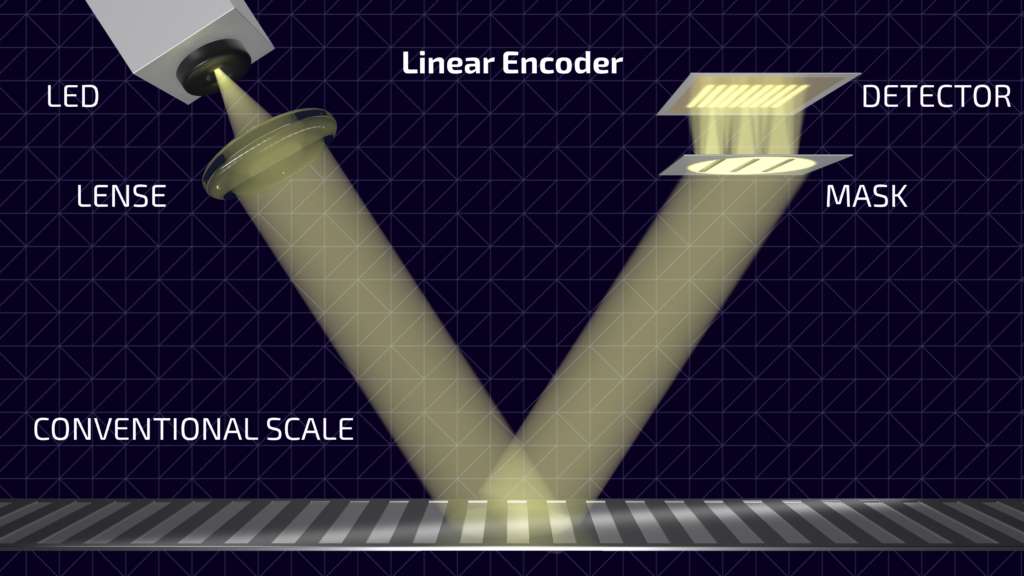
Linear encoders provide direct position feedback to various machine tool and automation systems. Working in a linear format allows extreme length position measurement and control—critical for machine tool accuracy and production of precision large-scale parts. The encoders encode a position to let a tool know, e.g. the laser beam of a printer, where exactly to work.
But how does such a linear encoder work? The moving readhead of an optical linear encoder always works together with a stationary scale which it moves along. It sends out an LED beam onto the scale where periodic marks reflect the light back to a sensor in the encoder. Before hitting the scale, the light is diffracted by a grating into periodic stripes, just like the marks, thus defining the exact position/direction, into which the encoder is moving.
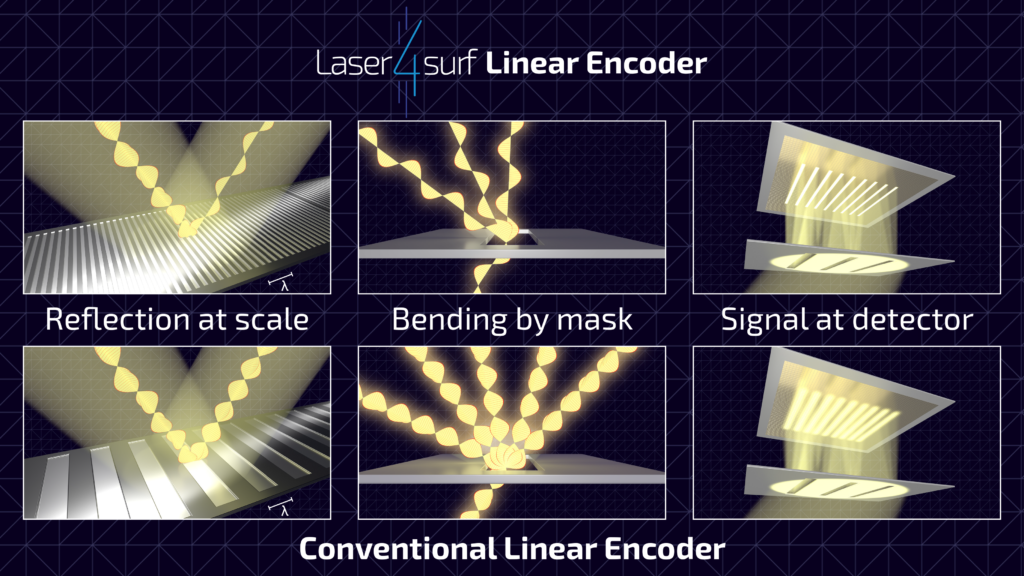
Laser4Surf now aims to enhance the reading process. This is done in two steps: First, the reflection properties on the scale are tuned. By lasering marks with a specific structure onto the scale, the light reflected is polarised, leading to less distracting background light. Second, the grating that diffracts the LED beam plays a crucial role. Conventionally it is produced by a lithographic process and wet etching, a time-consuming and not very environmental-friendly process. Using a laser beam makes the manufacturing process not only 17 times faster but it also reduces the grating period and thus results in a more precise reading by the encoder. This allows for greater distances between readhead and the grating. Even when working in a very dusty environment and subjected to high mechanical vibrations the encoders developed within Laser4Surf will have the ability to maintain a very high accuracy.
